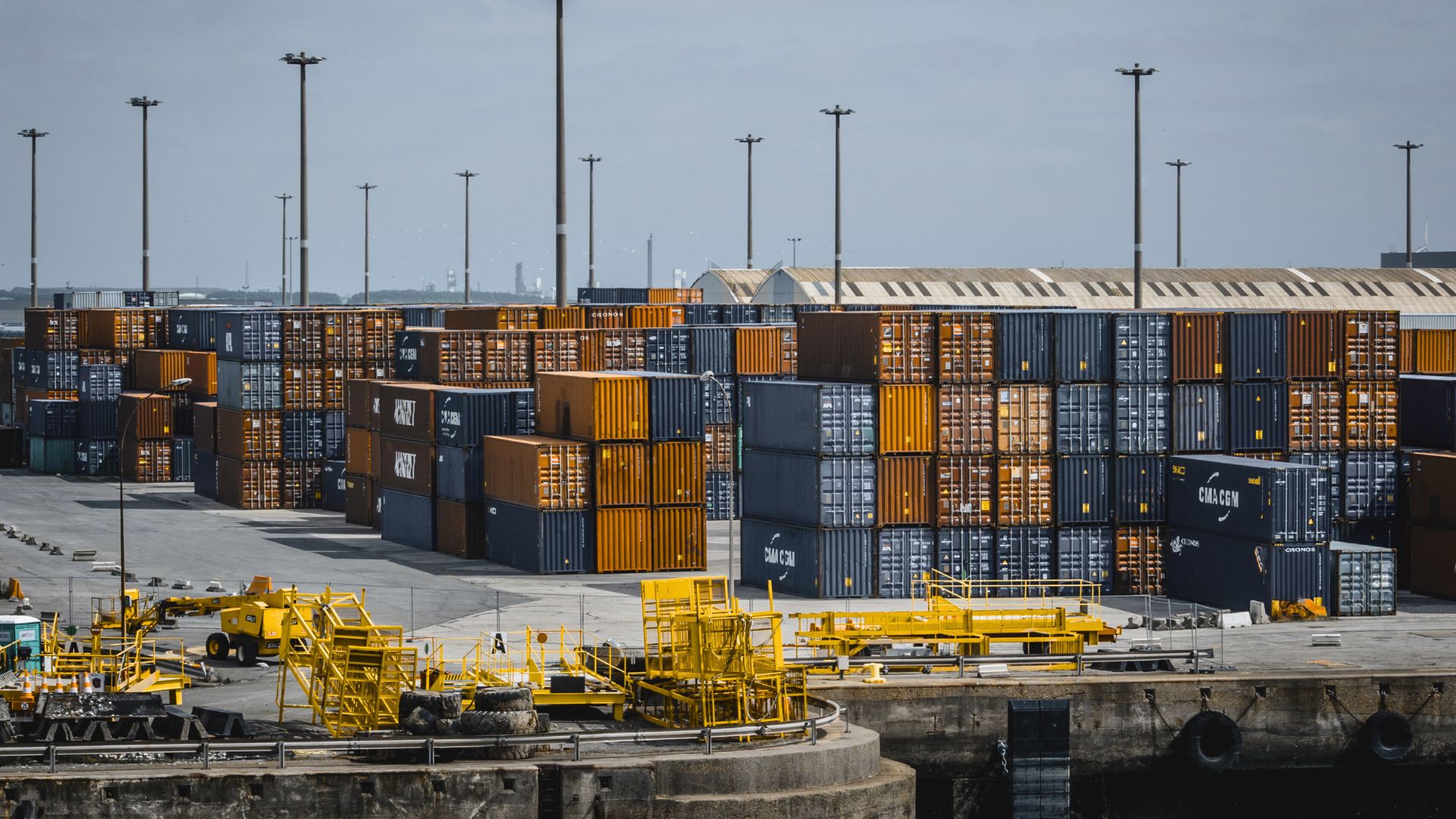
Offshore Manufacturing Isn’t Risk-Free (But It Can Be Reliable)
Many companies pursue overseas production, lured by lower labor costs. On paper, it looks like an easy win: faster scaling, complex assemblies, and competitive pricing.
But paper savings don’t always match reality. Without proper oversight, the disadvantages of overseas manufacturing can erode profits, delay launches, and damage reputations.
At ITI Manufacturing, we’ve spent decades helping U.S. businesses avoid the pitfalls that frustrate first-time importers. With on-the-ground expertise, vetted factory partners, and a proven process, we turn overseas production into a reliable, cost-effective strategy.
1. When Time Zones and Language Cause Costly Mistakes
Communication is one of the biggest offshore production challenges. Time zone gaps slow responses, language differences create misunderstandings, and vague specs can spiral into expensive errors. The result? Rework, missed deadlines, and products that fall short.
How ITI helps: Our bilingual project managers and U.S.-based account team ensure clear communication from start to finish. We document processes, confirm instructions with factories, and ensure your requirements are understood and executed exactly as intended.
2. Quality That Isn’t Guaranteed
Some factories cut corners—substituting materials or skipping steps to meet deadlines. Without direct oversight, these shortcuts often go unnoticed until defective products arrive in the United States. The cost of rework or rejected shipments can quickly outweigh any initial savings.
How ITI helps: Our inspectors are on-site at factories and run multi-stage quality checks. Every product must meet customer-approved standards before mass production begins, giving you confidence that what ships is what you ordered.
3. Delays That Derail Schedules
Even well-planned supply chains face risks: port congestion, customs holds, or a missed production slot can add weeks to your timeline. For companies with tight schedules, the financial and reputational impact can be severe.
How ITI helps: We proactively manage production schedules, coordinate logistics, and develop alternate sourcing strategies as needed. By anticipating common supply chain issues, we keep your production plan realistic and your deliveries on track.
4. Hidden Costs That Erode Margins
The unit price may look attractive, but hidden costs pile up fast. Poor packaging leads to damaged goods. Shipping surprises inflate costs. Rework drains both time and money.
How ITI helps: Our transparent quoting model (we call it Quotations with Confidence) includes total landed costs, pre-shipment checks, and packaging standards that prevent expensive mistakes. With ITI, the number on your invoice is the one you can trust.
5. Tariffs and Compliance Risks
Tariffs can shift quickly, and compliance requirements are strict. A mislabeled country of origin or incomplete customs documentation can mean penalties, holds, or rejected shipments. For importers, even small mistakes can cost thousands.
How ITI helps: We build tariff awareness into sourcing decisions, guide factories on proper labeling, and prepare customs-ready documents. This reduces your compliance risk and keeps your shipments moving.
6. Intellectual Property Concerns
IP theft is a real risk when working with unknown or unvetted factories. Without safeguards, your product designs could be copied—or worse, end up in the hands of competitors.
How ITI helps: We partner only with vetted factories under binding contracts. Proprietary safeguards protect your designs, and factory details are never shared across clients. Your intellectual property stays secure while you enjoy the cost advantages of overseas production.
Why Offshore Isn’t the Problem
The truth is, most offshore production challenges aren’t caused by manufacturing overseas itself. They’re caused by mismanagement, lack of visibility, or working with the wrong partners.
At ITI Manufacturing, we’ve built our entire model to solve these problems. We give U.S. companies full control of the process without forcing them to manage overseas vendors alone. From sourcing and quality control to logistics and compliance, our process delivers reliable results.
Overseas Manufacturing Doesn’t Have to Be a Gamble
Communication barriers, quality issues, delays, hidden costs, and IP risks are real—but with ITI, they’re manageable. Our end-to-end process, vetted factory relationships, and on-the-ground support let you capture the advantages of overseas production without the typical downsides.
Considering overseas manufacturing but worried about the risks? Get a Quote with Confidence Today.
FAQs About Overseas Manufacturing
Q: What’s the biggest risk in overseas manufacturing?
A: Poor communication and lack of quality oversight are the most common. Without clear instructions and on-site verification, errors can slip through unnoticed until it’s too late.
Q: How can I protect my intellectual property when working with overseas factories?
A: Work only with vetted factories under binding contracts, and never share proprietary designs broadly. ITI Manufacturing enforces strict safeguards to keep your designs secure.
Q: Are tariffs a dealbreaker for overseas manufacturing?
A: Not necessarily. With the right sourcing strategy and awareness built into pricing, tariffs can be managed. ITI Manufacturing helps clients evaluate costs upfront so there are no surprises.
Q: How do I avoid hidden costs?
A: Factor in the total landed cost—not just unit price. That includes packaging, shipping, duties, and potential rework. ITI Manufacturing provides transparent quotes that account for all these variables.



